elemintalshop
Marshal Estigarribia 50 Guaranies Paraguay Authentic Coin Money for Jewelry and Craft Making (Acaray River Dam)
Marshal Estigarribia 50 Guaranies Paraguay Authentic Coin Money for Jewelry and Craft Making (Acaray River Dam)
Couldn't load pickup availability
Marshal Estigarribia 50 Guaranies Paraguay Authentic Coin Charm for Jewelry and Craft Making (Acaray River Dam)
Obverse: Name of the country, bust of Marshal José Félix Estigarribia facing and year of issue below
Lettering: REPUBLICA DEL PARAGUAY
MCAL.J.F. ESTIGARRIBIA
Translation: Republic of Paraguay
Marshal J.F. Estigarribia
Reverse: Value above, dam on the Acaray River
Lettering: 50 GUARANIES, REPRESA ACARAY
Translation: 50 Guaranies, Acaray Dam
Features
Location Paraguay
Issuing entity Banco Central del Paraguay
Period Republic (1811-date)
Type Standard circulation coin
Years 1995-2005
Value 50 Guaraníes (50 PYG)
Currency Guarani (1944-date)
Composition Brass plated steel
Weight 3.75 g
Diameter 21.7 mm
Thickness 1.57 mm
Shape Round
Technique Milled
Orientation Coin alignment ↑↓
Demonetized 17 January 2014
Number N# 9050
References KM# 191a, Schön# 193a
From Encyclopedia.com:
José Félix Estigarribia (b. 21 February 1888; d. 5 September 1940), president of Paraguay (1940) and soldier. Born at Caraguatay, Estigarribia came from a poor but distinguished family of Basque extraction. His ancestors included Colonel Antonio de la Cruz Estigarribia, who had surrendered his army at Uruguaiana during the War of the Triple Alliance.
Young José Félix passed his early years in the countryside, and there was reason to think he might choose farming as a career. In 1903 he enrolled in the Agricultural School at Trinidad and then moved on to attend the Colegio Nacional at Asunción. The revolutions of the first decade of the new century, however, propelled Estigarribia into the ranks of the army. In 1911, he was sent to Chile for further military training, from which he returned two years later, becoming a first lieutenant in 1914. Estigarribia remained loyal to the government during the disturbances of 1921–1922, a fact that provisional president Eusebio Ayala never forgot. As a partial reward, the young captain was sent to France for further military study under Marshal Foch. When he returned to Paraguay in 1927, he became chief of the general staff.
During Estigarribia's absence, the dispute with Bolivia over the Chaco Region had provoked a series of ugly incidents. These, in turn, developed into a full-scale war by 1932. In August of that year Estigarribia was given command of 15,000 men, with which he forged a powerful fighting force.
Estigarribia gained a legendary status in the Chaco. Though his troops were regularly outnumbered by the Bolivians, still they boasted certain advantages over their counterparts from the Altiplano: they were closer to home bases, they were more accustomed to the terrain and climate, and, in Estigarribia, they had a commander who had a clear goal, who was a master tactician, and who understood his men. Over the next three years, Colonel Estigarribia went from victory to victory fighting on some of the roughest land in South America. After his exhausted troops gained the foothills of the Andes in 1935, a truce was signed. It was affirmed three years later in a boundary treaty generally favorable to Paraguay.
Meanwhile, President Eusebio Ayala had been removed by restive army officers and young radicals. Ayala's ally Estigarribia went on an extended tour abroad, teaching for a time at the Montevideo War College. In 1938 he became ambassador to Washington, and in 1939, though still in the United States, he ran unopposed as the Liberal candidate for president. When he returned for his inauguration at Asunción, however, Estigarribia discovered that radicals were demanding more far-reaching action than the Liberal program called for. Compromising, the new president proposed a semi-authoritarian constitution that had socialist, democratic, and fascist elements. Despite some inner doubts as to the wisdom of this document, Estigarribia ruled under it as dictator. Two months after its ratification, he died in an airplane crash outside Asunción. By executive decree, the Chaco hero was posthumously promoted to field marshal.
https://www.encyclopedia.com/humanities/encyclopedias-almanacs-transcripts-and-maps/estigarribia-jose-felix-1888-1940
************
Wikipedia:
The Acaray Dam is a hydroelectric dam situated in Hernandarias, Paraguay. It has an electrical output of 210 megawatts (280,000 hp), supplying 3% of Paraguay's electricity demand.
The power plant's switchyard has a HVDC back-to-back station built by Siemens in 1981. It has a power rating of 55 megawatts (74,000 hp) and an operating voltage of 25 kV. It converts the electrical frequency from 50 hertz to 60 hertz to supply electricity to Brazil's power grid, which operates at 60 Hz (Paraguay's power grid operates at a frequency of 50 hertz).
******
The Acaray River (Guarani Akaray) is a river in eastern Paraguay. It is born in the Cordillera de Caaguazú, and is joined by the Yguazú and Itakyry rivers later on. The river flows through the Caaguazú and Alto Paraná Departments, and joins the Paraná River in an area between Ciudad del Este and Hernadarias, which was later modified for the construction of the Acaray Dam. One of its main tributaries is the Yguazú River, which also has its own dam: the Yguazú Dam.
Share
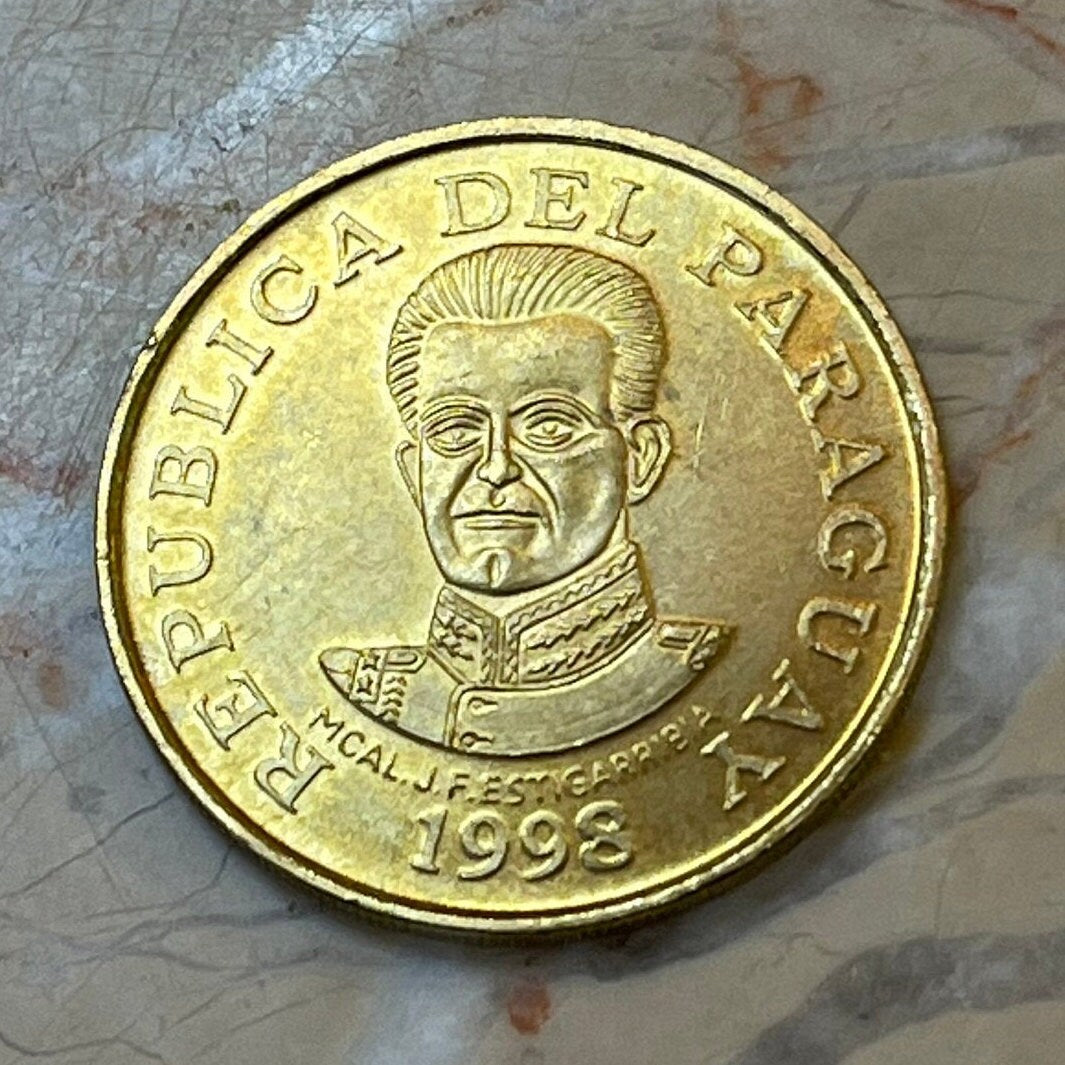
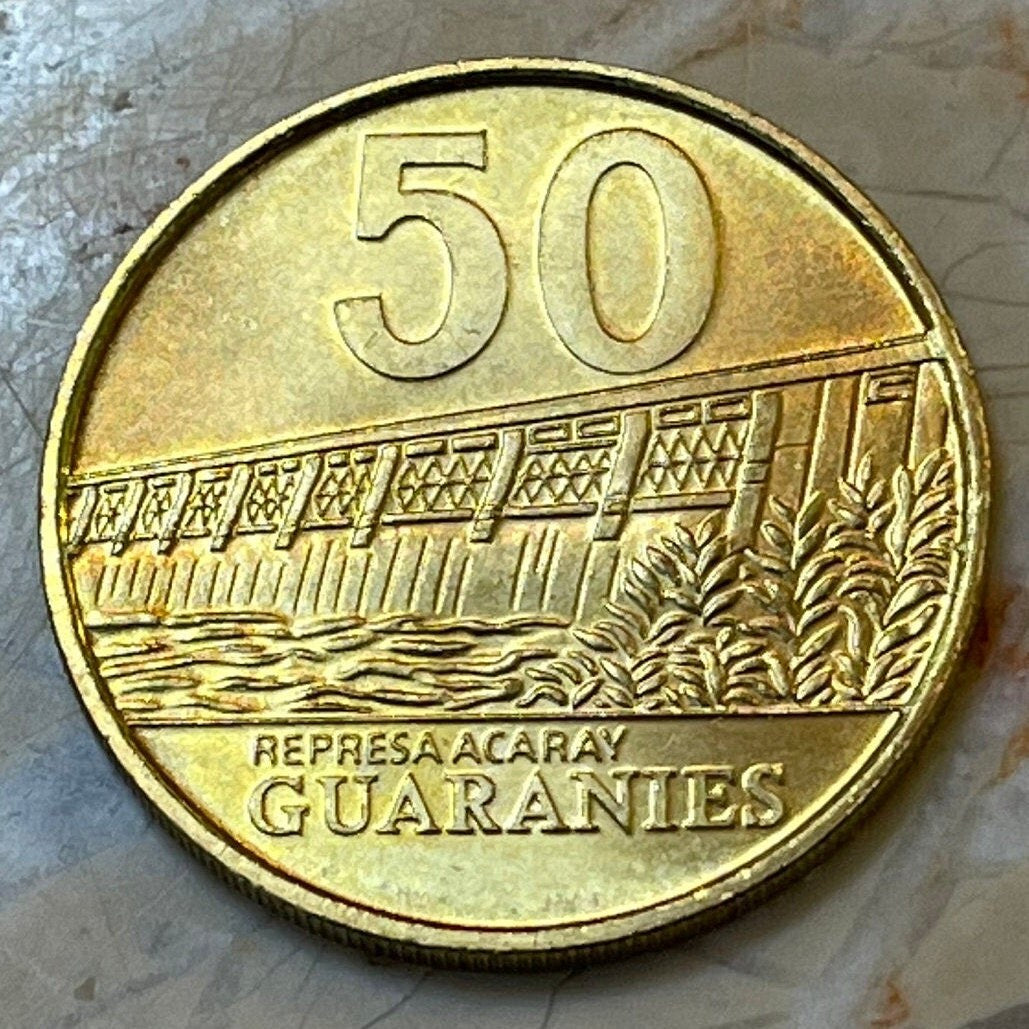
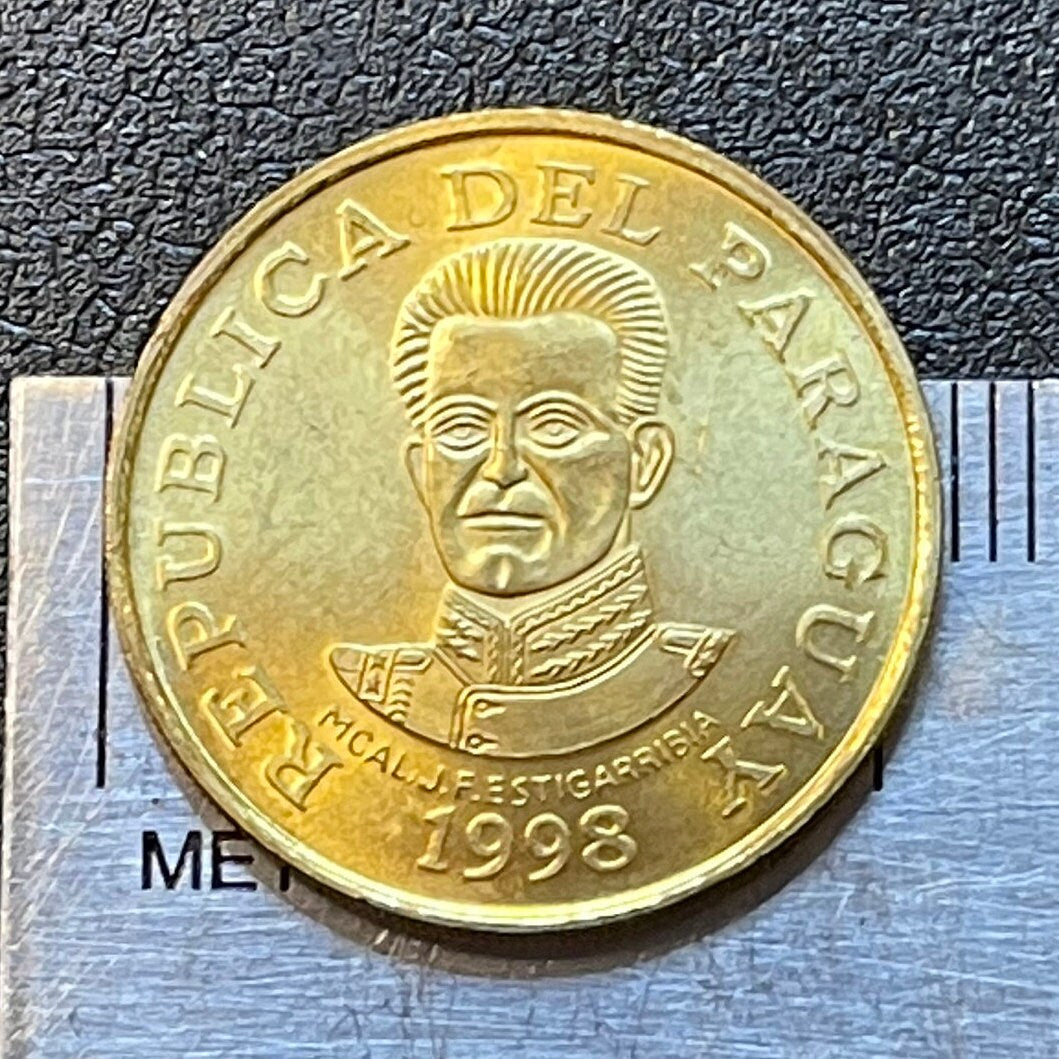
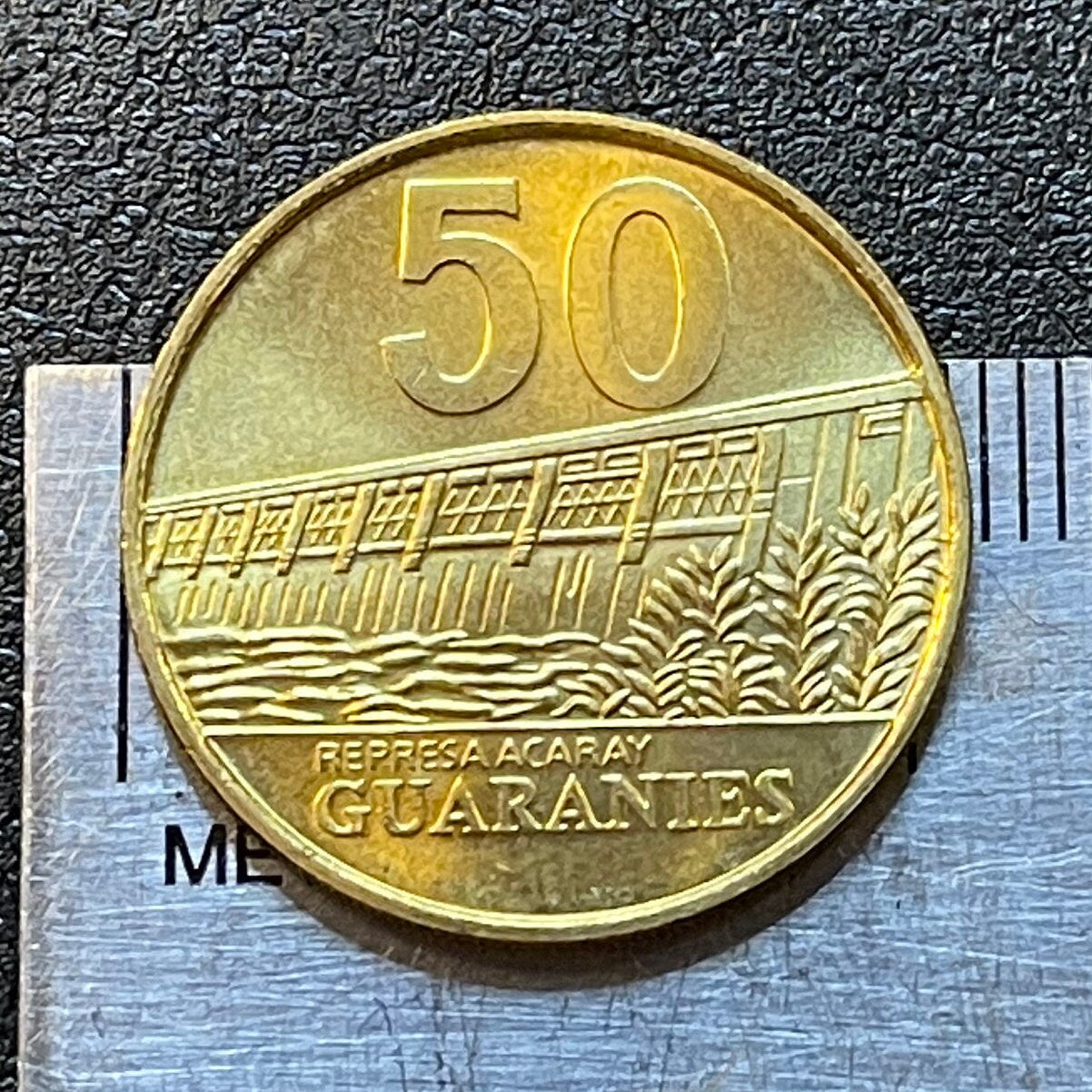
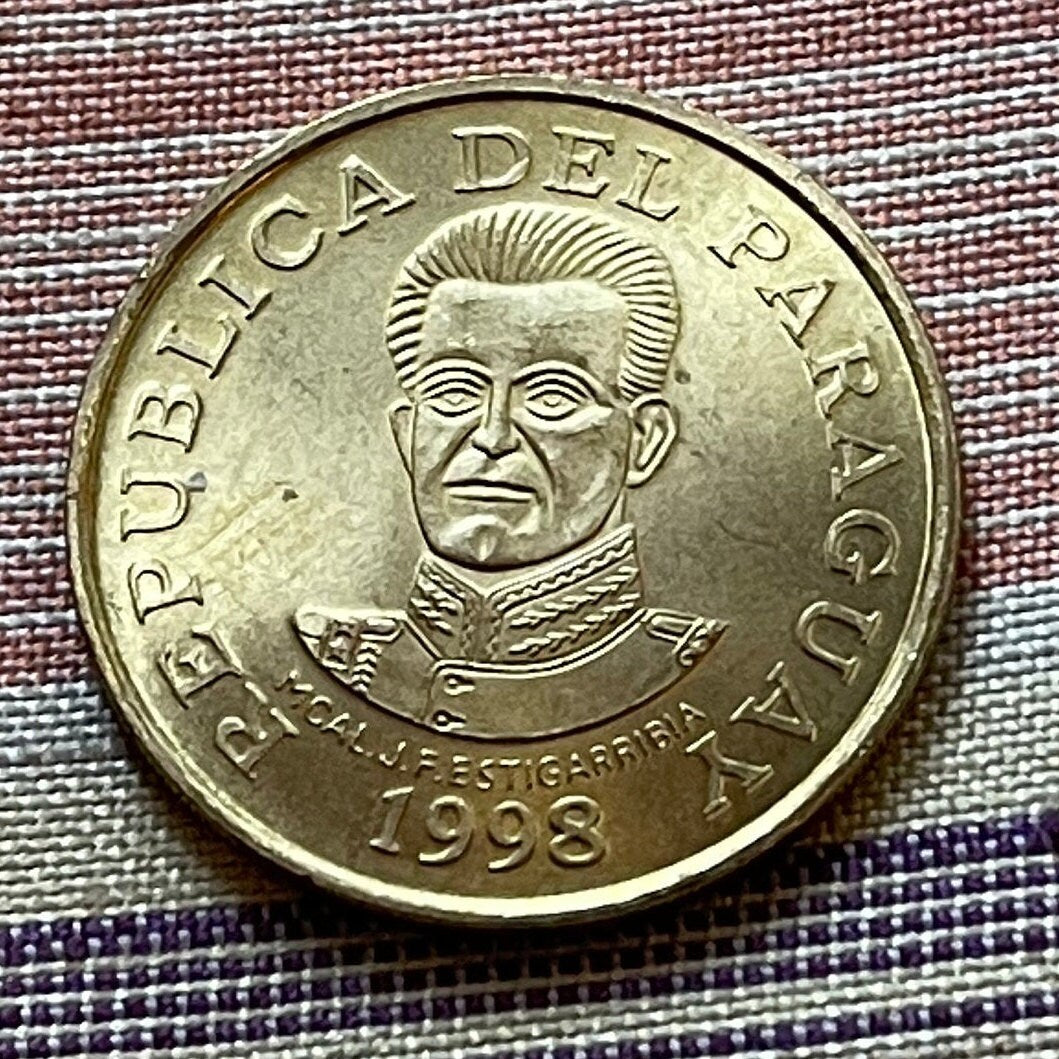
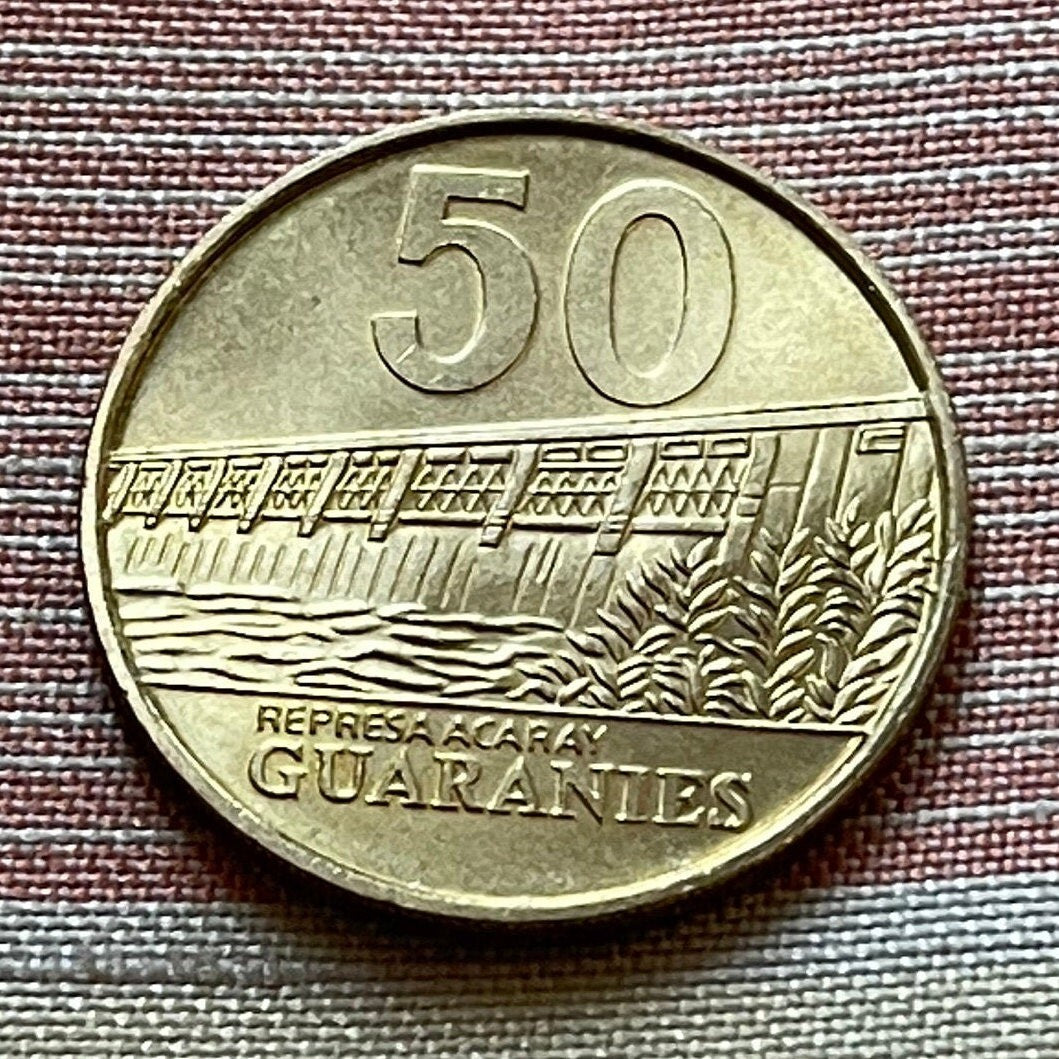
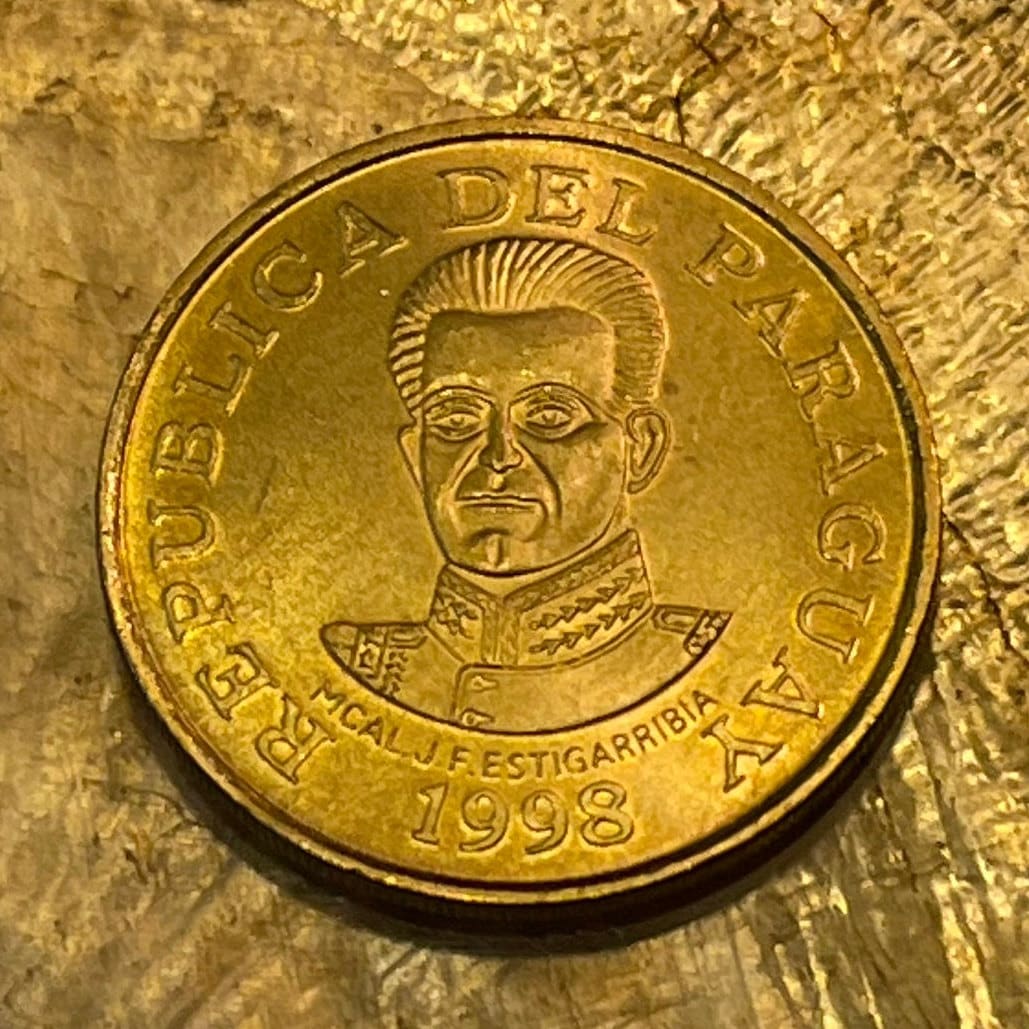
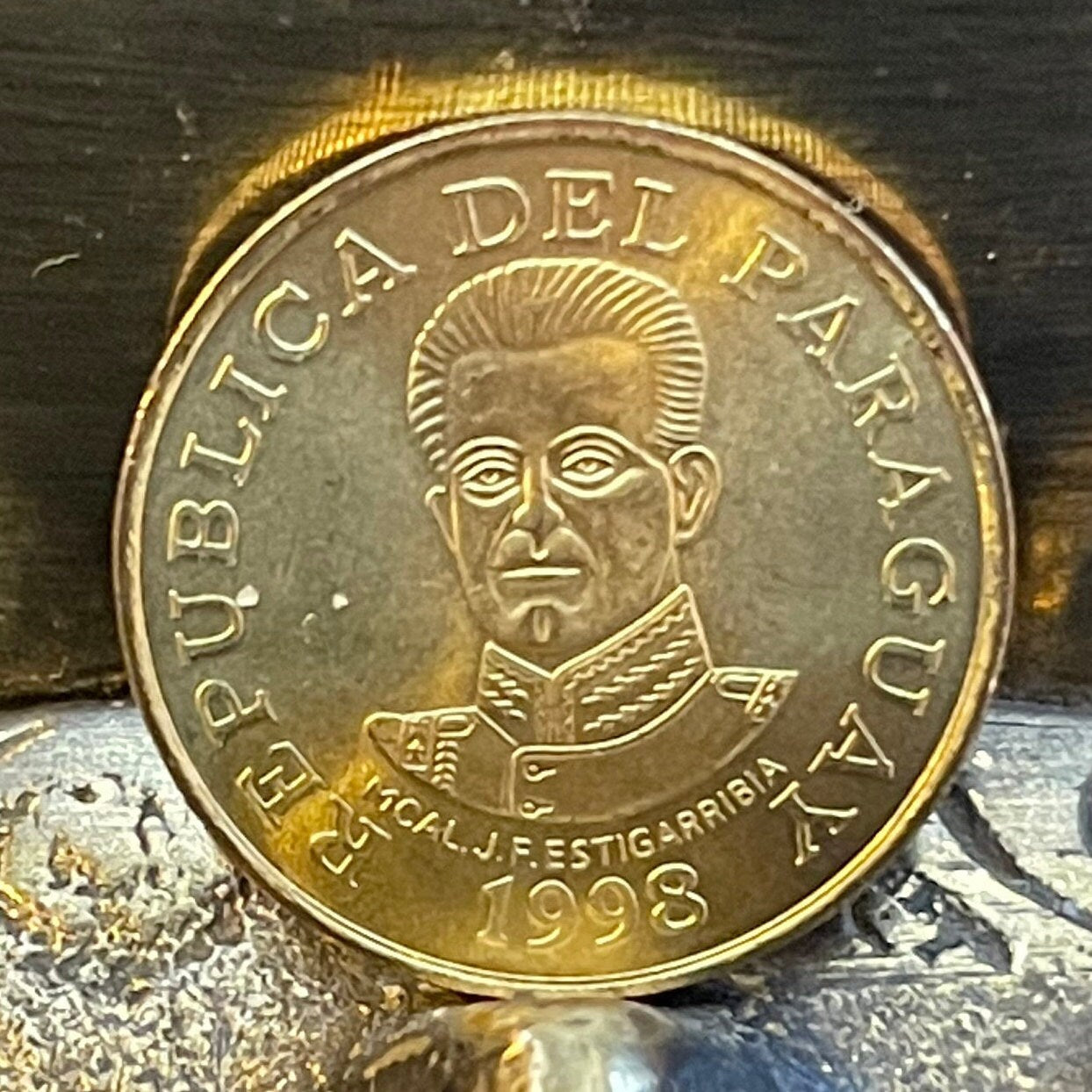
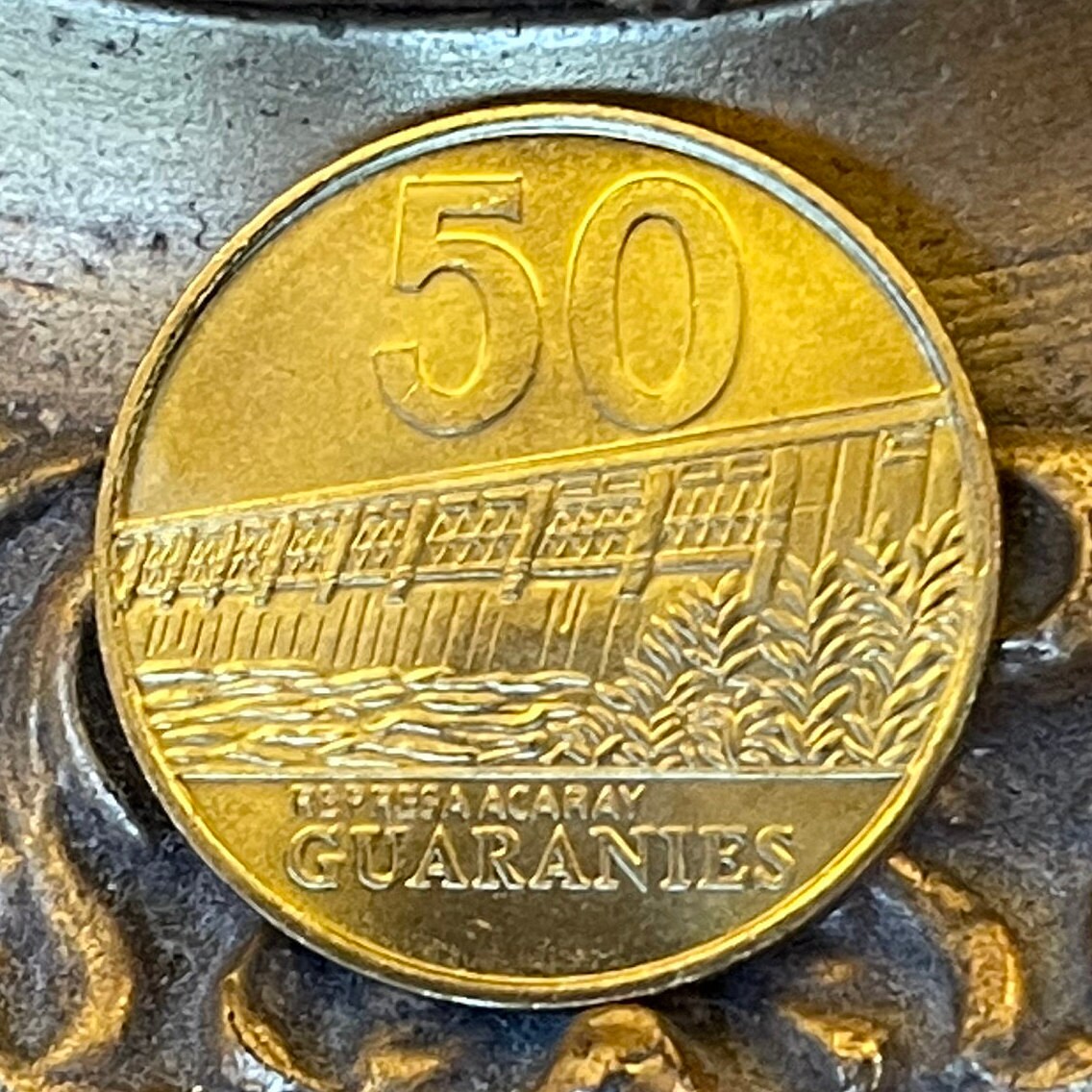
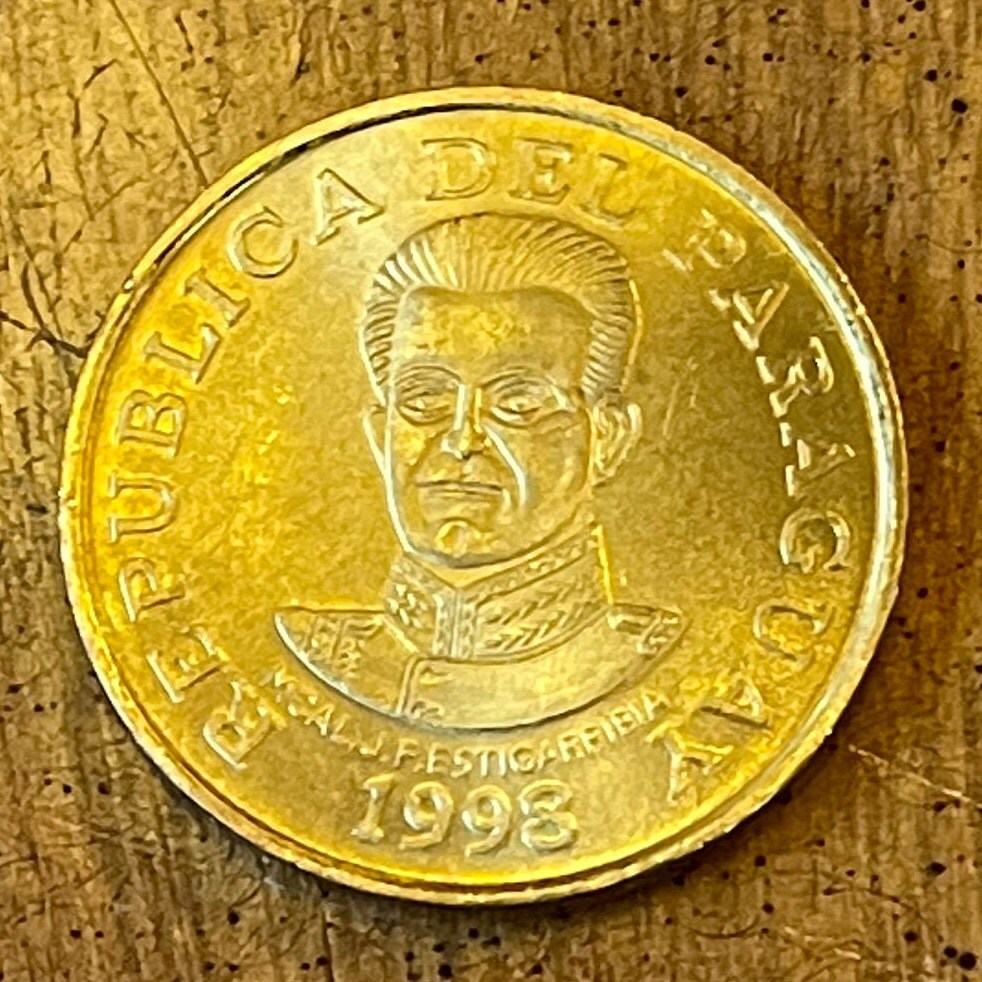
Thank you for a wonderful transaction!









